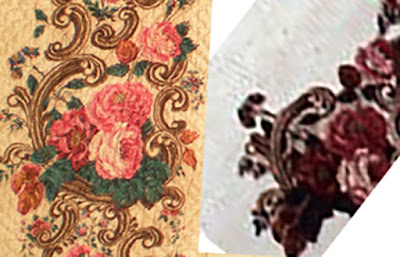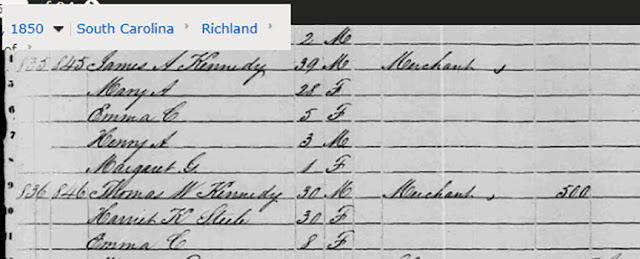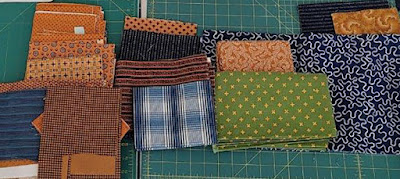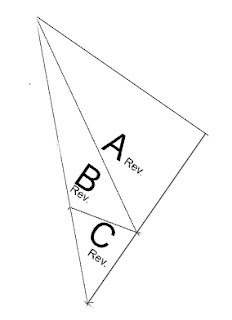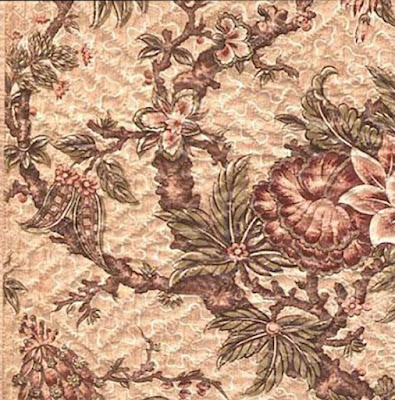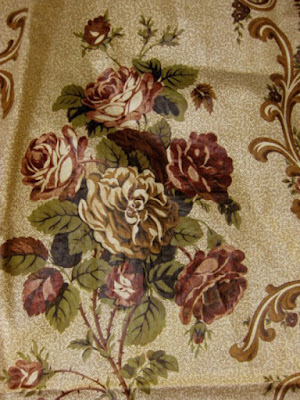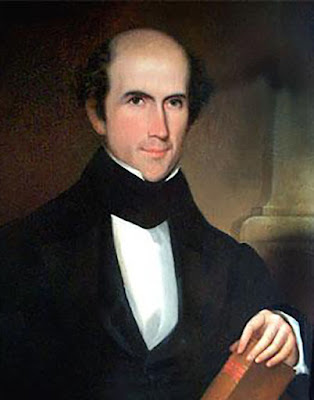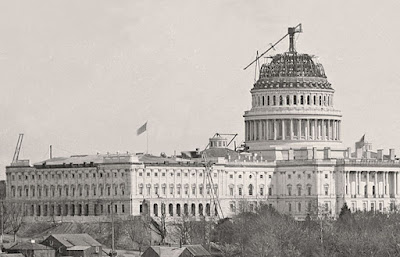Time to think about next year's sampler here at CivilWarQuilts. We'll begin the new year with a new pieced block-of-the-month series. The patchwork theme is four-pointed stars to symbolize
American Stars, a year-long look at 12 influential American families and how genius and notoriety (good and bad) is passed on through their generations.
Model-maker Becky Brown has picked her fabrics and is well on her way to another spectacular quilt. A generous woman, she enjoys donating quilts to veterans and often thinks in terms of strong colors and pattern that will appeal to her audience.
Stripes to fussy cut.
Denniele Bohannon loves red, white and blue so we can expect
some graphic blocks in high contrast from her.
Jeanne Arnieri is also making model blocks in the American colors with
a more romantic character.
We'll follow the usual calendar of posting a free pattern on the second Wednesday of each month. Block #1 will be up here on January 12, 2022.
Star ideas from BlockBase+
The blocks---some new, some traditional published designs---are four-pointed stars drafted for 12" finished blocks. Due to the geometry of four-pointed stars the patterns are not well-adapted for rotary cutting and conventional piecing. Each can be stitched using template piecing or pieced over paper foundations.
Becky who loves hand work is tracing templates onto the back of each pattern piece and stitching in her precise manner.
You can also piece them over paper foundations. Most are divided into 8 triangles---simple paper piecing that fits well on an 8-1/2 x 11" sheet of paper.
Twelve 12" blocks set side by side will make a 36" x 48" finished quilt. Add an 8" finished border for one 52" x 64". Finished sashing strips and border of 3" gives you a 48" x 63" quilt.
Or have BlockBase + draw you other four-pointed stars for a larger quilt.
Lots of star fabric out there, so shop in your quilt store
or your stash.
We have a Facebook group just dedicated to the series where you can post questions, comments and show off your blocks. The name AmericanStarsBOM. Ask to join.
And you can buy a PDF of the whole pattern for $12 now and print it yourself at my Etsy shop.
But I have to tell you that there are problems (slight problems) with the PDF. Microsoft for unknown reasons shrinks the pages rather arbitrarily so I've had a heck of a time trying to get the PDF to print correctly. Some of the patterns may come out 103%, some 98% - you may have to adjust as you print. I'd recommend you plan to set the blocks with sashing---you can adjust the sashing if your blocks come out 11-7/8" or 12-1/8". The monthly JPG patterns SHOULD be accurate. (After this year: ROTARY CUTTING!)





















